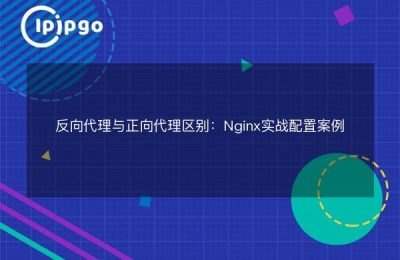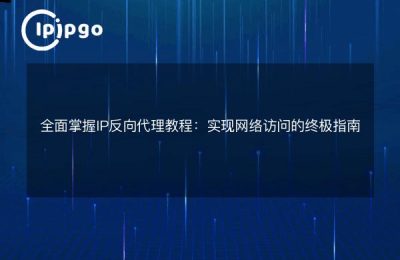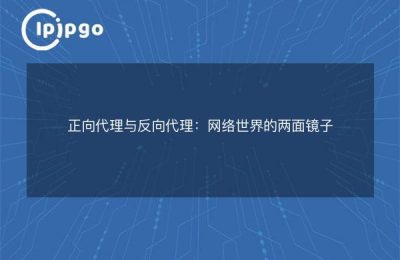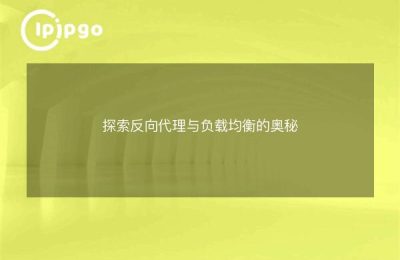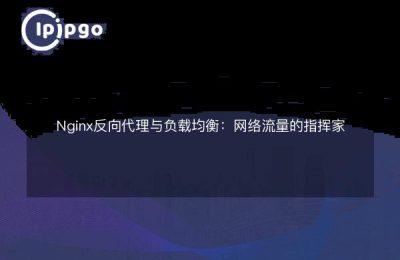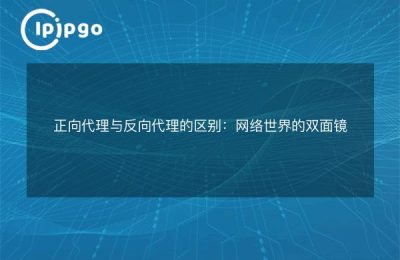
In the Internet era, with the continuous development of network applications, we often need to forward external requests to internal servers, which introduces the concept of reverse proxy. Among the many reverse proxy servers, Nginx is favored for its high performance and flexible configuration.
1. upstream directive: a silent partner in load balancing
Imagine being faced with thousands of user requests, how do we ensure that each request is responded to in a timely manner? That's where Nginx's upstream directive comes in. It can distribute requests to multiple back-end servers to achieve load balancing. It's like a smart scheduler that gives requests to the most appropriate server based on the load of each backend server.
2. proxy_pass directive: navigator for precision forwarding
When we have multiple backend servers, how do we forward requests to them accurately? This is where Nginx's proxy_pass directive comes in. It is able to send the request to the specified backend server based on the configured forwarding rules. Like a precise navigator, it directs requests to the correct destination based on our needs, ensuring that users get a fast and accurate response.
3. proxy_set_header directive: guardian of identity
In web applications, sometimes we need to pass some information from the client to the back-end server for subsequent processing.Nginx's proxy_set_header directive serves this purpose. It sets the HTTP request header information to pass the client's information to the back-end server. Like an attentive guardian, it provides a secure and trustworthy service to users, ensuring that they are properly identified.
4. location directive: path-matching searchers
When configuring a reverse proxy, we often need to handle requests differently based on different URL paths, and Nginx's location directive is the key to helping us fulfill this need. Nginx's location directive is the key to helping us achieve this. It can distribute requests to different back-end servers or handlers based on the configured path rules. Like a deft searcher, it finds the right destination based on different paths, ensuring a consistent and complete user experience.
summarize
Through the introduction of this article, we learned about the configuration of the Nginx reverse proxy in detail and common directives. upstream directive to achieve load balancing, proxy_pass directive to achieve accurate forwarding, proxy_set_header directive to achieve identification, location directive to achieve path matching. These directives work together to make Nginx a powerful and flexible reverse proxy server.
Like an orchestra working together, each directive of Nginx gives us better performance and flexibility while offering us more possibilities. Of course, in practice, there are many more configuration options and directives that can realize the potential of Nginx and help us build efficient and stable web services.

